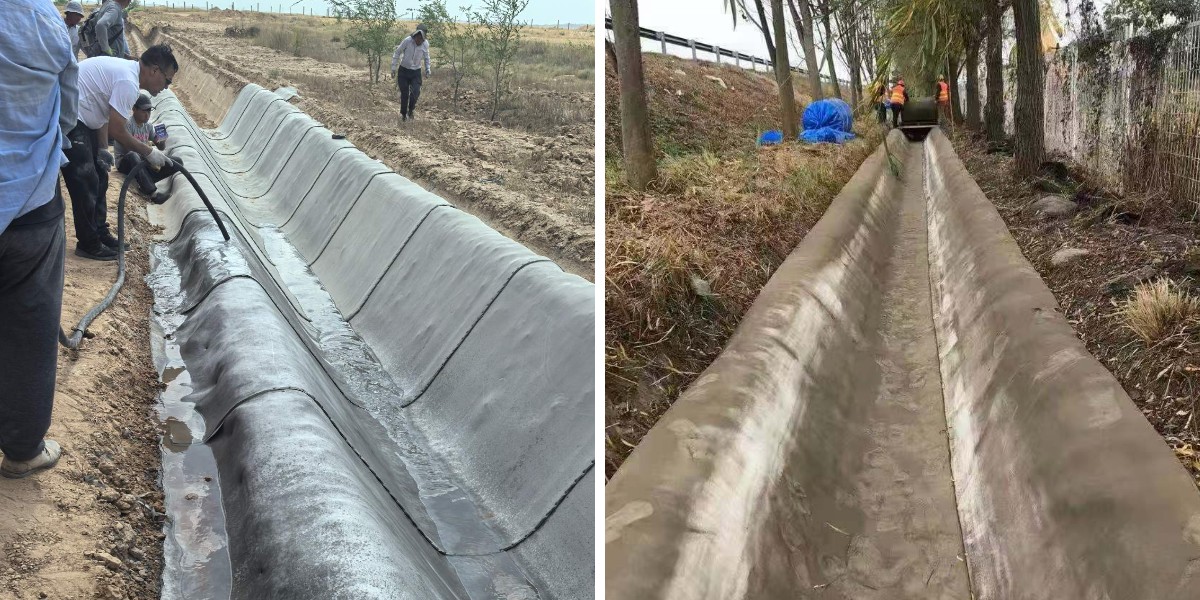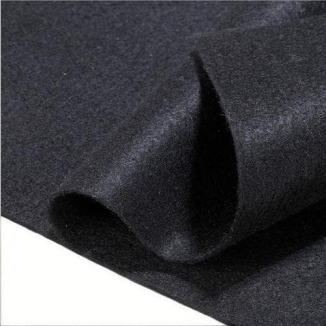What is a Cement Blanket? A Comprehensive Guide for Beginners
Have you ever wished you should simply unroll concrete like a rug? That’s in actuality the magic of a cement blanket. This revolutionary cloth is altering the way we method development and restore projects, imparting a special mixture of regular power and current convenience. If you are a DIY enthusiast, a landscaping hobbyist, or honestly curious about new constructing technologies, this information is for you. We will demystify this charming product, exploring its composition, how it works, and its many sensible applications.
What Exactly is a Cement Blanket?
At its core, a cement blanket is a flexible, fabric-based composite fabric that is impregnated with a custom-formulated, dry cement mixture. Think of it as a roll of material that has been infused with the powdery factors of concrete. This bendy sheet is the core of the concrete fabric building concept, the place energy and formability are combined. The cloth is commonly a three-d fiber matrix that offers tensile electricity and carries the cement particles. The outer layers are regularly made of a water-proof material, such as PVC, which continues the cement dry till you are prepared to use it and permits it to therapy correct afterward. This ingenious diagram approves the fabric to be cut, shaped, and draped over complicated varieties earlier than it is activated, making it a versatile tool for severa projects.
How Does a Cement Blanket Work? The Simple Science
The operation of a cement blanket is highly straightforward, relying on a easy chemical reaction. It arrives at your task website as a soft, bendy roll, secure and equipped for transport. Here’s the simple two-step process:
1. Hydration: This is the activation step. Once you have placed the blanket in its favored shape, you absolutely spray it with water. This can be accomplished with a backyard hose or a sprayer. The water soaks via the outer coating and hydrates the dry cement powder inside the cloth matrix.
2. Curing: After hydration, the cloth starts to set. Initially, it stays bendy for a brief window (usually about one to two hours), permitting for ultimate adjustments. It then begins to harden, accomplishing a achievable energy inside 24 hours. Over the following days, it continues to cure, attaining a excessive energy similar to ordinary concrete, however barring the want for mixing, forms, or heavy machinery.
This ease of use makes it an best thing for speedy concrete fabric building and restore tasks.
Key Advantages of Using a Cement Blanket
Why would you pick out a cement blanket over traditional concrete? The benefits are numerous, in particular for tasks the place speed, simplicity, and minimal gear are priorities.
Ease of Installation: There is no want for concrete mixers, forms, or a crew of workers. One or two human beings can effortlessly take care of the installation, substantially lowering labor expenses and time.
Rapid Deployment and Curing: Projects that would take days with ordinary concrete can regularly be performed in a single day. The speedy putting time capacity your assignment place is usable a lot sooner.
Excellent Flexibility and Formability: Its capacity to conform to complicated shapes—like curves, slopes, and uneven surfaces—is a game-changer. This is a key characteristic in superior concrete material building techniques, permitting for innovative and structurally sound designs that would be challenging with poured concrete.
Durability and Strength: Once cured, the fabric is fantastically resistant to cracking, fire-resistant, and weatherproof. It affords a robust, long-lasting floor that can stand up to good sized environmental stress.
Versatility: As we will see in the subsequent section, its functions are notably diverse, from easy backyard paths to vital erosion control.
Common Applications: Where is a Cement Blanket Used?
The versatility of the cement blanket is one of its best strengths. Its makes use of span throughout residential, commercial, and civil engineering projects.
Erosion Control and Slope Protection: It is exceedingly nice for stabilizing embankments, shorelines, and ditches. It prevents soil erosion from wind and water whilst permitting vegetation to develop via it over time.
Ditch Lining: This is one of the most famous uses. A cement blanket for ditch lining presents a durable, impermeable channel that improves water flow, prevents scouring, and reduces renovation in contrast to unlined or fabric-lined ditches. Ditch lining initiatives advantage immensely from the material's potential to conform to the ditch's herbal contours.
Temporary and Permanent Pathways: It can be rapidly rolled out to create sturdy, instantaneous walkways on building web sites or in gardens. Its textured floor additionally gives correct slip resistance.
Pipe and Column Protection: It is extensively used to create a shielding fire-resistant and impact-resistant layer round structural metal columns, pipes, and culverts. This software is a staple in modern-day concrete fabric building for security and infrastructure.
Landscaping and DIY Projects: Homeowners use it to create special panorama features, such as pond liners, fireplace pits, and ornamental rockery covers. Its ease of use makes complicated shapes available to DIYers.
A Beginner's Guide to Installing a Cement Blanket
Installing a cement blanket is a manageable process. Here’s a simple step-by-step information to get you started.
1. Site Preparation: Just like with regular concrete, the base ought to be secure and good prepared. Clear the location of debris, rocks, and vegetation. For a ditch lining project, make sure the ditch is true fashioned and compacted.
2. Unrolling and Cutting: Unroll the cement blanket over the organized area. Using heavy-duty scissors or a utility knife, you can without problems reduce the fabric to healthy the precise dimensions and shapes required for your project.
3. Overlapping Seams: If you are the usage of a couple of rolls, make certain the edges overlap by using the manufacturer's endorsed quantity (typically 3-6 inches) to make sure a continuous, sturdy seam.
4. Hydration: Thoroughly soak the whole blanket with water. A mild spray is exceptional to keep away from displacing the cement inside the matrix. Ensure the water penetrates completely; the fabric will darken in shade when completely saturated.
5. Molding and Finishing: During the preliminary set time, you can press the blanket into its remaining form, easy out seams, and add a textured end if desired.
6. Curing: Allow the blanket to remedy undisturbed. Avoid heavy site visitors or stress for at least 24 hours. It will proceed to attain power over the subsequent numerous days.
Conclusion
The cement blanket is extra than simply a novelty; it is a practical, powerful, and versatile constructing fabric that simplifies complicated tasks. From offering a sturdy answer for ditch lining to enabling creative concrete material building designs, it empowers gurus and DIYers alike to attain strong, long lasting outcomes with remarkable ease. If your subsequent undertaking entails erosion control, speedy repairs, or a special landscaping feature, reflect onconsideration on the roll-out solution—the cement blanket.








